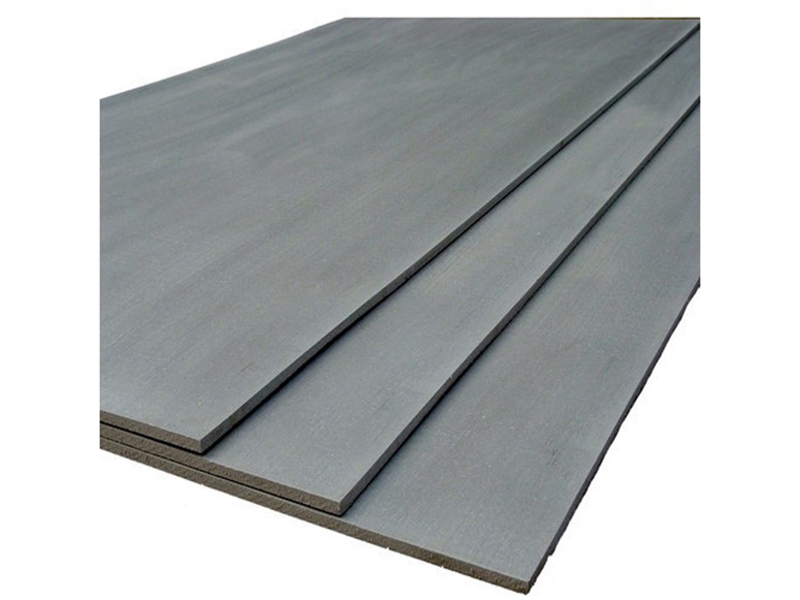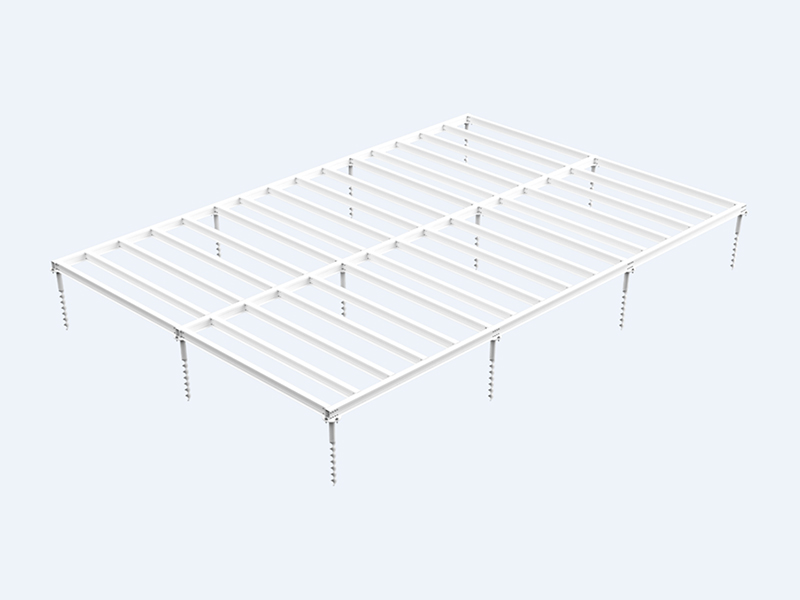Few building materials have been embraced by so many builders as rigid-foam insulation. Certainly there are builders who avoid it, but rigid foam can be used everywhere from beneath a basement slab to the rooftop — and that versatility gets it into a lot of residential projects.
There are three common varieties: polyisocyanurate, expanded polystyrene (EPS) and extruded polystyrene (XPS). Another relatively new addition to the field is phenolic foam, now distributed in the U.S. by the Irish manufacturer Kingspan. These foam types have similar but somewhat different applications. The R-value of EPS ranges from about R-3.6 to R-4.2 per inch. XPS is rated at R-5 per inch. Polyiso has an R-value of R-5.7 to R-6 (it’s lower in cold weather). Kingspan claims higher R-values: R-6.2 per inch in 1-inch-thick samples, and up to R-8.2 per inch in a thickness of 3 inches. Fold Out Tiny House

Considerations in choosing one over the other include whether the foam will be in contact with soil, the R-value you need in the assembly you’re designing, and whether you’re concerned about the global warming potential of the blowing agents that are used to make it. And if foam just isn’t your cup of team, you’ll find alternatives in rigid mineral wool and, in some applications, fiberboard.
EPS and XPS are OK underground
A common use for foam is on the outside of foundation walls or underneath basement slabs. In both cases, the foam is a big help in slowing down heat loss through concrete (which has virtually no thermal resistance on its own), and in both cases the foam is in direct contact with dirt or gravel. So it’s going to get wet.
This is one place where you don’t want polyiso, but either XPS or most varieties of EPS will work. The moisture in soil will not damage the foam, and won’t nibble away at its thermal properties. But if you’re specifying EPS it would be smart to check with the manufacturer to make sure the particular type you’re considering is suitable. Denser versions of EPS perform better in this application.
The other consideration for sub-slab use is the foam’s compressive strength. A common type of XPS (such as Dow’s Styrofoam or Foamular from Owens Corning) and Type IX EPS is rated for 25 psi. If you need something with higher compressive strength, XPS with a psi rating of 40, 60 and even 100 is available.
Michael Maines, a residential designer, says that even Type II EPS, with a compressive strength of 15 psi, is fine for use under a basement slab. Type IX would be better under foundation footings where it supports loads from upper floors.
Polyisocyanurate has a higher R-value per inch than either XPS or EPS — at least when it’s warm outside. But researchers have learned that in temperatures below 50ºF, the thermal performance goes down. On a cold winter day, the insulation might actually perform at R-4.5 per inch, not the R-6 per inch of warmer weather.
The problem seems to be related to a decision nearly 20 years ago to switch blowing agents, from HCFC 141B to a combination of C02 and pentane. Performance of the old polyiso didn’t suffer in the cold, but the new version did.
This is not a problem that is completely understood, although researchers like John Straube at Building Science Laboratories have some theories. One thing is clear, though: performance varies by manufacturer.
Thermal drift — the tendency for the R-value to decline over time — is another problem. This occurs when the gas in the bubbles of rigid foam slowly leak out, to be replaced with air with a lower insulating value. The issue of thermal drift has a long history with polyiso, but it’s also an issue for XPS. In researching this question, Senior Editor Martin Holladay concluded that the R-value of XPS slowly drifts downward from R-5 per inch to something just over R-4 per inch.
EPS manufacturers are happy to tell you their product doesn’t have the same problem.
There’s another potential consideration with rigid foam when it’s used in some applications: carpenter ants. One builder who has experienced the problem says carpenter ants seem to nest in foam whether it’s wet or dry. Termites are another threat.
This may be a particular concern when rigid foam is used against a foundation wall, providing bugs with easy access to the house. A high-density EPS made by Atlas called ThermalSTAR contains an insecticide made to repel termites, but not specifically formulated for ants. Some EPS is treated with borate to repel insects, but builders report it’s not always easy to find.
Building codes in some parts of the country don’t allow foam on the exterior of foundation walls for this reason.
A continuous layer of rigid foam insulation in wall and roof assemblies leads to lower energy consumption — an environmental plus to be sure. But one thing that some builders don’t like is the high global warming potential of some blowing agents used to make the foam.
The worst offender is XPS, which uses a HFC with a global warming potential some 1,300 higher than carbon dioxide. Eventually, the industry is expected to move toward a hydrofluoroolefin (HFO) blowing agent with a GWP of about 1. That transition is taking longer than some would like.
Other types of rigid foam insulation do not use HFC blowing agents, so their global warming potential is much lower.
Another environmental consideration is the brominated fire retardant — hexabromocyclododecane (HBCD) — that has been used in EPS and XPS foam insulation. A halogenated flame retardant called TCPP is added to most polyiso. Both of these halogenated flame retardants carry health and environmental risks.
In North America, producers of XPS and EPS insulation have switched to a newer flame retardant developed by Dow Chemical called Polymeric FR, which is considered safer in the environment. However, German researchers say the chemical can break down in the presence of heat and sunlight into chemicals that have the potential for environmental damage. Dow was highly critical of the report, and the researchers said more work was needed to fully understand the problem.
Choosing the Right Thickness of Exterior Foam – Rigid foam must be thick enough to prevent condensation on sheathing.
Insulate Your Basement – This 3-part video series covers water management, air-sealing, and insulating with rigid foam.
Six Proven Ways to Build Energy-Smart Walls – Whether you build new homes or remodel, these alternative framing techniques will allow you to reach R-40 or better.
Energy-Smart Details – Get a better understanding of what makes high-performance homes work.
Sign up for eletters today and get the latest how-to from Fine Homebuilding, plus special offers.
Trusted, comprehensive guidance from the pros for a home that is healthy, comfortable, and energy efficient
View All Project Guides »
Become a member and get unlimited site access, including the Insulation Project Guide.
Get home building tips, offers, and expert advice in your inbox
© 2024 The Taunton Press, Inc. All rights reserved.
Get home building tips, offers, and expert advice in your inbox
Become a member and get instant access to thousands of videos, how-tos, tool reviews, and design features.
Start your subscription today and save up to 70%
Get complete site access to expert advice, how-to videos, Code Check, and more, plus the print magazine.

Tinyhomes Already a member? Log in